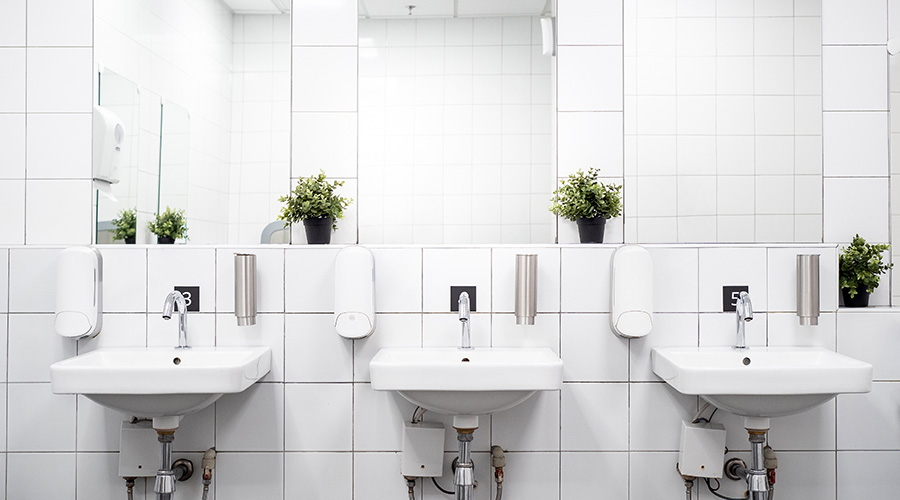« Back to Facilities Management News Home
« Facilities Management
NSF International Publishes First American National Standard for Water Reuse Systems
ANN ARBOR, Mich. -- NSF International, a global public health and environmental organization, has published the first American national standard for commercial and residential onsite water reuse treatment systems, NSF/ANSI 350. The new standard complements NSF’s expanding scope of environmental standards and sustainable product standards, which help establish criteria for and clear methods of evaluating environmental and sustainable product claims.
NSF/ANSI 350: Onsite Residential and Commercial Reuse Treatment Systems establishes criteria to improve awareness and acceptance of water reuse technologies that reduce impacts on the environment, municipal water and wastewater treatment facilities, and energy costs. According to the American Water Works Association, 84 percent of residential water is used in non-drinking (non-potable) water applications such as lawn irrigation, laundry and toilet flushing. Residential and commercial builders, architects and regulators are turning to onsite wastewater reuse systems as a solution to increasing water scarcity and energy costs associated with the treatment and distribution of municipal water and wastewater.
Certifying a water reuse system to NSF/ANSI 350 also satisfies requirements for leading green building programs. The U.S. Green Building Council has included reference to NSF/ANSI 350 in their LEED (Leadership in Energy and Environmental Design) Building Design & Construction 2012 Draft Standard. Products certified to NSF/ANSI 350 also could satisfy graywater use strategies under the National Association of Home Builders (NAHB) National Green Building Certification program as an innovative practice.
NSF developed this American national standard for evaluating onsite water reuse technologies to ensure the systems properly treat graywater (i.e. wastewater generated from activities such as laundry and bathing) and combined wastewater (i.e. all sources of wastewater generated within a residence or building) for reuse in non-potable applications. NSF/ANSI 350 establishes materials, design and construction, and performance requirements for onsite residential and commercial water reuse treatment systems and sets water quality requirements for the reduction of chemical and microbiological contaminants for non-potable water use. Treated wastewater (i.e. treated effluent) can be used for restricted indoor water use, such as toilet and urinal flushing, and outdoor unrestricted water use, such as lawn irrigation.
Shawnee, Kansas-based Bio-Microbics, Inc., a manufacturer of clean technologies, is the first company to earn NSF/ANSI 350 certification for their Bio-Barrier® membrane bioreactor (MBR). NSF scientists conducted an evaluation spanning more than six months of continuous operation of the Bio-Microbics Bio-Barrier® MBR treatment system at one of NSF’s approved wastewater testing facilities.
“Certification to NSF/ANSI 350 positions onsite water reuse technologies as a viable solution to increasingly overburdened water and wastewater treatment facilities, water scarcity, and increasing costs associated with energy and water use,” said Tom Bruursema, General Manager of NSF Sustainability. “Innovative clean technology manufacturers, such as Bio-Microbics, can now demonstrate the acceptability and effectiveness of their products, helping these technologies to be adopted more quickly into the marketplace.”
“Bio-Microbics is proud to be the first to earn certification against the new NSF water reuse treatment standard, which provides a sustainability benchmark to certify water reuse products,” said Bob Rebori, President of Bio-Microbics. “With green building and sustainable products becoming the focus of regulators, commercial and residential builders, and consumers, this new standard provides the water reuse industry with a way to meet the needs of their customers and set their products apart from those with unsubstantiated environmental claims.”
More From 11/21/2011 on FacilitiesNet







